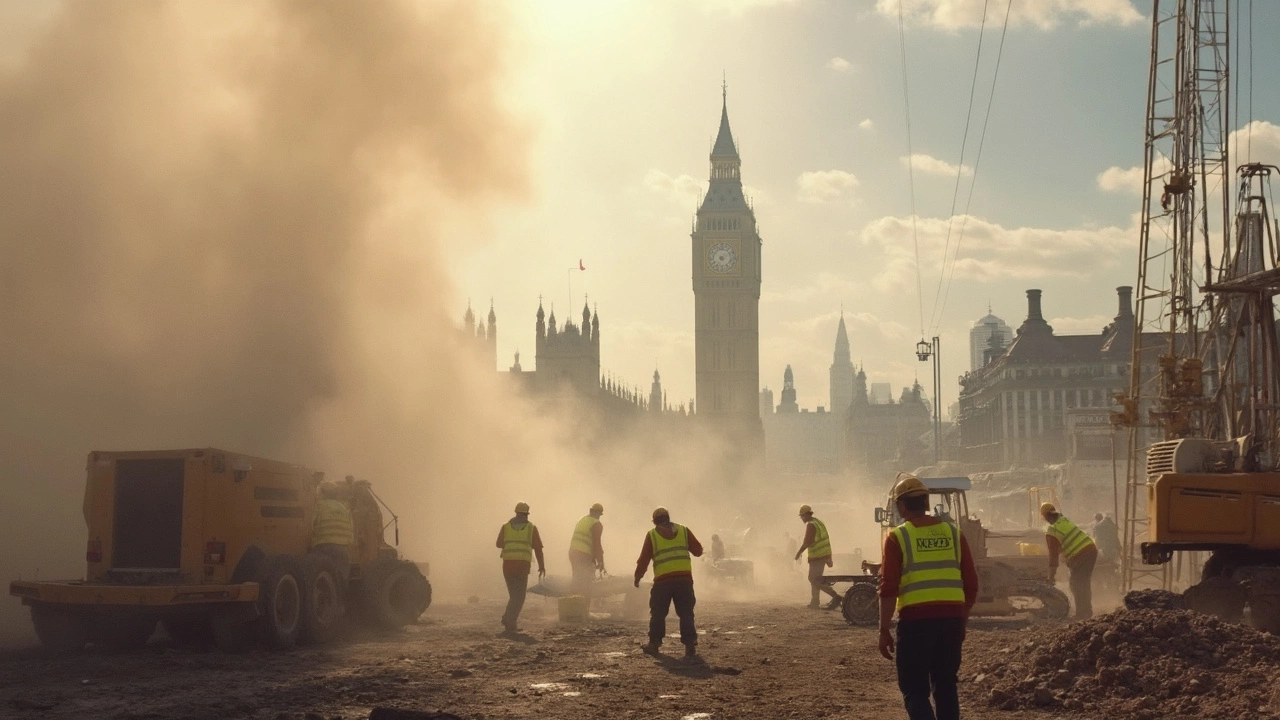Dust Settling Time: What It Is and How to Speed It Up
Ever wonder why you wipe a table and dust shows up again in a few minutes? That’s the dust settling time at work – the period it takes for airborne particles to land on surfaces and become visible. Knowing this timing helps you plan cleaning, ventilation, and everyday habits so you see less dust, faster.
Why Dust Lingers in Your Home
Dust is a mix of skin flakes, fabric fibers, pollen, pet hair, and tiny bits of dirt. When you move around, open doors, or run the vacuum, those particles get tossed into the air. Heavier pieces drop quickly, while the lighter ones can stay suspended for hours. The bigger the room, the longer the air needs to circulate before the particles settle.
Two big factors affect dust settling time:
- Airflow: Good circulation pushes particles around, slowing the landing process. Bad airflow lets dust hover.
- Humidity: Dry air lets dust stay afloat longer. A touch of moisture makes particles heavier, so they fall faster.
Understanding these helps you control how long dust remains visible.
Quick Ways to Cut Down Settling Time
Here are simple actions you can start today to make dust settle faster and stay off your surfaces:
- Use a fan or open a window. Fresh air pushes stale indoor air out, carrying dust with it. A short burst of fan power can also force particles down onto the floor where they’re easier to clean.
- Keep humidity around 40‑50%. A small humidifier in the winter or a bowl of water near a heat source in summer adds just enough moisture to make dust heavier.
- Vacuum with a HEPA filter. A vacuum that traps tiny particles prevents them from being blown back into the room.
- Dust with a microfiber cloth. Microfiber traps dust instead of scattering it, so you remove the particles rather than moving them around.
- Wipe high‑traffic areas often. Door frames, light switches, and countertops collect dust fast. A quick wipe each day cuts down the amount that can become airborne later.
Combine these steps with a regular cleaning schedule, and you’ll notice surfaces staying cleaner for longer. For example, a 15‑minute sweep with a damp microfiber cloth after dinner can reduce the next morning’s dust layer by up to 50%.
Remember, dust settling time isn’t a fixed number – it changes with the weather, how many people are in the house, and the type of flooring you have. By tweaking airflow and humidity, you actively shorten that time and enjoy a fresher home.
So next time you spot a dust speck, think about the air movement around it. Adjust a fan, add a splash of water, and grab that microfiber cloth. You’ll see the difference in just a few days and spend less time constantly wiping.

How Long Does Construction Dust Take to Settle?
Construction dust can linger for days, affecting air quality and cleanliness. Understanding how long it takes for this dust to settle is essential for effective after builders cleaning. In this article, we explore the factors influencing dust settling times, practical tips for managing it, and why timely action is crucial for maintaining a healthy environment. Fast-tracking your cleaning efforts can significantly reduce the nuisance of construction residue.
Read More